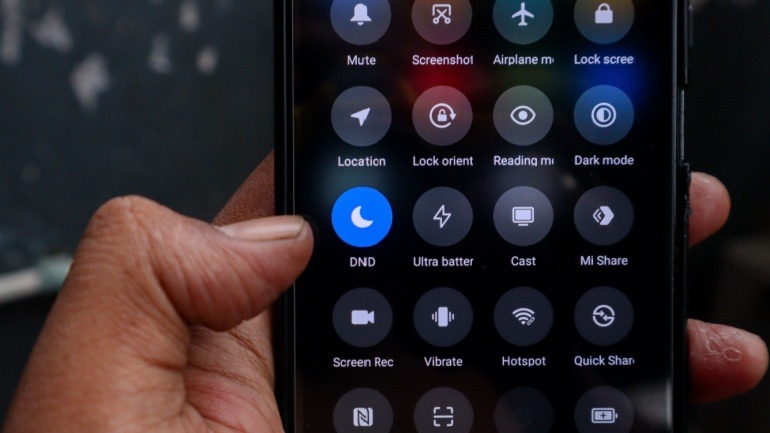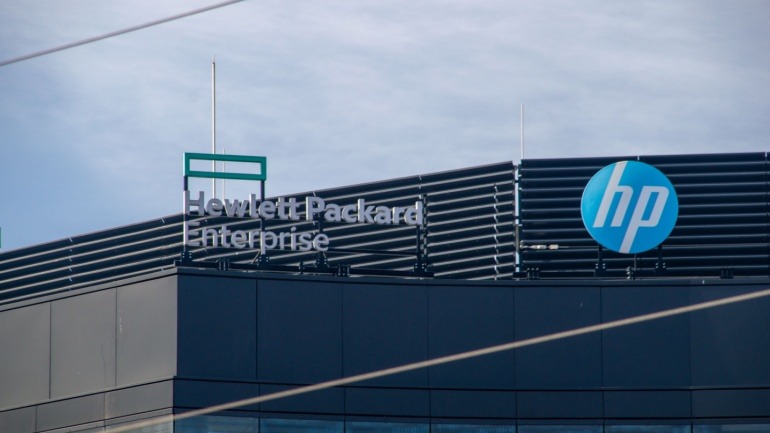In the age of digital connectivity, staying constantly connected promised an era of unparalleled productivity. However, new findings from Twilio suggest otherwise, highlighting the paradox that our always-on culture may actually hamper productivity. According to Twilio’s research, 40% of workers report distractions due to email and chat notifications hindering their work efficiency. This paradoxical result often leaves workers desiring digital silence to focus better.
In a world where being connected equates to efficiency, digital distractions have become counterproductive. Employees feel pressured to remain online all the time, burdened by the expectation to reply promptly. This pressure is especially profound among younger workers ages 26-30, with 47% reporting the strain. The scenario is similar for mid-career professionals aged 41-45, where 46% feel the weight of constant digital engagement.
Yet, how can organizations reclaim focus for their employees without sacrificing connectivity? This was discussed with Sam Richardson, Director of Executive Engagement at Twilio. He supports implementing digital silence policies to improve employee well-being and productivity.
Richardson indicates that simply recognizing the problem isn’t solving it; practical strategies are necessary. However, the strategy must adapt to each company’s specific needs. What works for a multinational company may differ from a single-location business. This flexibility must be part of the implementation strategy. A clear policy for digital silence is crucial, supported by enhanced calendar visibility across teams. This keeps everyone informed about active silence periods, avoiding confusion.
Fortunately, many platforms already offer tools that can aid digital silence. Automated ‘Do Not Disturb’ settings on communication platforms like Slack and Microsoft Teams can manage notifications effectively, sparing employees the task of personal oversight. Richardson adds, “One of the most effective approaches to creating notification-free zones is using automated ‘Do Not Disturb’ settings.”
However, cultural shifts are essential in tandem with technological solutions. Effective implementation involves leadership endorsement. Leaders need to model expected behavior during silence periods to mitigate any sense of pressure to respond. Enterprises can nurture a supportive cultural mindset by promoting digital silence as a company-wide norm.
Meanwhile, businesses should explore asynchronous communication through shared documents and project boards. This enables teams to contribute in their own time without urgency, especially beneficial for teams across different time zones.
The shift to digital silence isn’t just about personal productivity hacks but heralds a reevaluation of work methodologies in a connected world. For smaller businesses, the ability to adopt these changes quickly serves as a unique advantage. It can position them more favorably in competitive talent markets by promoting a forward-thinking, employee-focused culture.
Enacting digital silence represents a thoughtful path forward. It redefines productivity standards not by limiting collaboration but by safeguarding employee well-being for a sustainable digital work environment.







